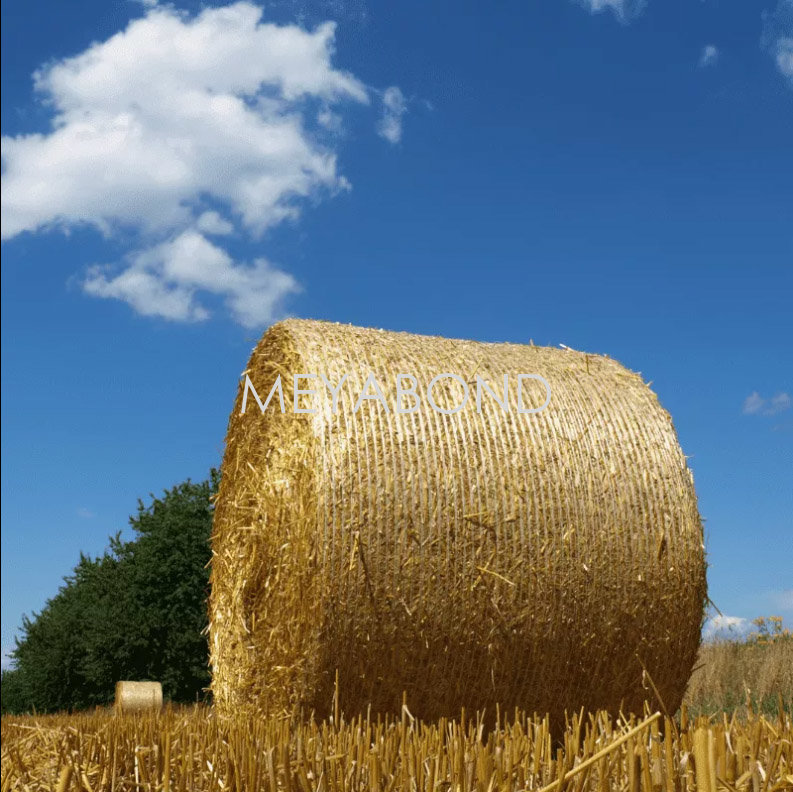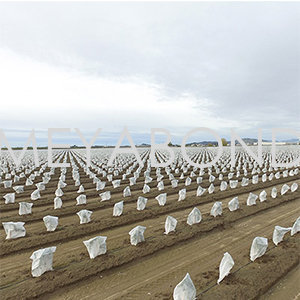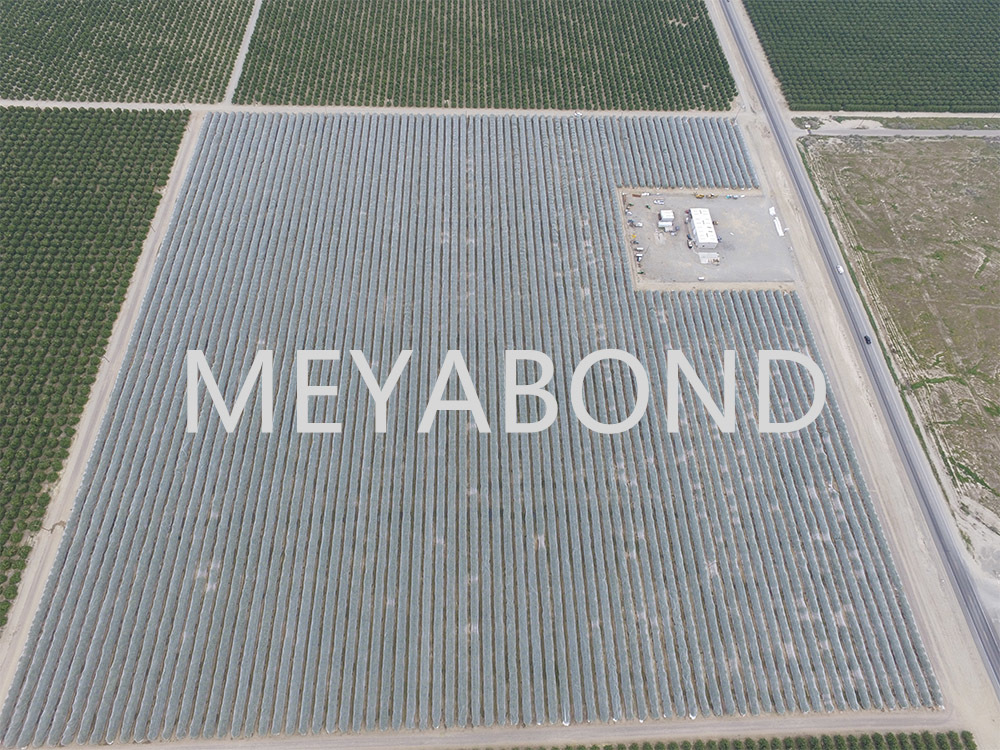Understanding the Importance of Hay Bale Net Wrap in China's Agricultural Practices
In the realm of modern agriculture, particularly in China, the use of hay bale net wrap has emerged as a crucial practice for farmers looking to optimize their operations. This specialized material serves as an effective solution for wrapping hay bales, ensuring they are properly protected and preserved during storage and transportation. The benefits of using hay bale net wrap extend beyond mere convenience; they play a pivotal role in improving the overall quality and longevity of the hay.
One of the primary advantages of hay bale net wrap is its ability to shield the hay from environmental factors such as moisture, pests, and UV radiation. In regions where climate conditions can be unpredictable, safeguarding hay bales from rain or excessive sunlight is essential for maintaining the nutritional value of the feed. Conventional twine may not provide the same level of protection, as it can break down over time or fail to offer a tight seal against the elements. In contrast, net wrap creates a more secure barrier, allowing farmers to store their bales with confidence.
Moreover, the use of hay bale net wrap contributes to better aeration during the fermentation process, which is crucial for preserving the quality of the hay. The design of the netting allows for airflow while still protecting the contents from external contaminants. This is particularly beneficial for farmers engaged in silage production, as it promotes the growth of beneficial bacteria that aid in fermentation, resulting in higher-quality feed.
Efficiency is another significant aspect of hay bale net wrap. The wrapping process is typically faster compared to traditional methods using twine, thus saving valuable time for farmers during the busy harvesting season. This time efficiency translates into improved productivity, enabling farmers to focus on other essential tasks within their operations. Additionally, net wrap is often more user-friendly, allowing for quicker and easier adjustments during the baling process.
Sustainability is increasingly becoming a focal point in agricultural practices, and hay bale net wrap aligns well with this trend. Many manufacturers are now producing biodegradable options, reducing the environmental impact associated with plastic waste. This shift towards more sustainable materials resonates with farmers who are conscious of their ecological footprint and are seeking ways to implement greener practices in their operations.
In conclusion, the importance of hay bale net wrap in China's agricultural landscape cannot be understated. Its protective qualities, efficiency, and potential for sustainability make it an invaluable tool for farmers. As the agricultural sector continues to evolve, incorporating advanced technologies such as net wrapping will be essential in meeting the demands of modern farming while ensuring the preservation of resources for future generations.
One of the primary advantages of hay bale net wrap is its ability to shield the hay from environmental factors such as moisture, pests, and UV radiation. In regions where climate conditions can be unpredictable, safeguarding hay bales from rain or excessive sunlight is essential for maintaining the nutritional value of the feed. Conventional twine may not provide the same level of protection, as it can break down over time or fail to offer a tight seal against the elements. In contrast, net wrap creates a more secure barrier, allowing farmers to store their bales with confidence.
Moreover, the use of hay bale net wrap contributes to better aeration during the fermentation process, which is crucial for preserving the quality of the hay. The design of the netting allows for airflow while still protecting the contents from external contaminants. This is particularly beneficial for farmers engaged in silage production, as it promotes the growth of beneficial bacteria that aid in fermentation, resulting in higher-quality feed.
Efficiency is another significant aspect of hay bale net wrap. The wrapping process is typically faster compared to traditional methods using twine, thus saving valuable time for farmers during the busy harvesting season. This time efficiency translates into improved productivity, enabling farmers to focus on other essential tasks within their operations. Additionally, net wrap is often more user-friendly, allowing for quicker and easier adjustments during the baling process.
Sustainability is increasingly becoming a focal point in agricultural practices, and hay bale net wrap aligns well with this trend. Many manufacturers are now producing biodegradable options, reducing the environmental impact associated with plastic waste. This shift towards more sustainable materials resonates with farmers who are conscious of their ecological footprint and are seeking ways to implement greener practices in their operations.
In conclusion, the importance of hay bale net wrap in China's agricultural landscape cannot be understated. Its protective qualities, efficiency, and potential for sustainability make it an invaluable tool for farmers. As the agricultural sector continues to evolve, incorporating advanced technologies such as net wrapping will be essential in meeting the demands of modern farming while ensuring the preservation of resources for future generations.
Key words:
Related News
CONTACT US
Email: sales8@meyabond.com
Tel: +8618911966213
No.3 Yard, ZhongHe Road, 100071,FengTai District, Beijing, China
Email: sales8@meyabond.com
Tel: +8618911966213
No.3 Yard, ZhongHe Road, 100071,FengTai District, Beijing, China
















